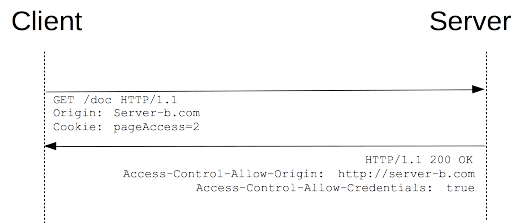I have the following scenario for my application:
- 1 Production Server
- 1 Test Server
- n Development Computers
For database migration we use Hibernate Schema Update for the Schema and DBUnit for filling in alle the production data (on all servers/computers). When the schema update is done I generate a new DTD File for the new schema, so I can do a fresh import of the DBUnit XML. The application updates the database at startup with the XML file (only on development and test servers/computers!)
Of course this approach is not optimal and fragile. So I looked at Liquibase and Flyway. Both seem to be great tools, but what I do not get is: How do I migrate the data? In my case, I dump the data of the production system once a week and add it to the applications source control as a DBUnit XML file, so all developers have "fresh" data and the test server has current production data, too.
The problem I see with Liquibase and Flyway is, that there is no solution how to do automated diffs from the database data and generate the migration changes automatically.
So my idea is the following with the following steps:
- Set Hibernate to validate instead of update.
- When a STRUCTURAL database change is needed, I add it to the migration script for the major version
- No database inserts are in the migration script.
- Generate a new DTD for DBunit based on the new database structure
- Generate the DBUnit XML from the production database.
Another idea would be to utilize flyways JavaMigration and provide an initial Database Dump based on DBUnit. All other changes for database data will be handled in migration scripts. But still there is the problem: How to make diffs from the current migration script state and the production database state?
It would be awesome if anyone could provide me hints how to handle my scenario :)



